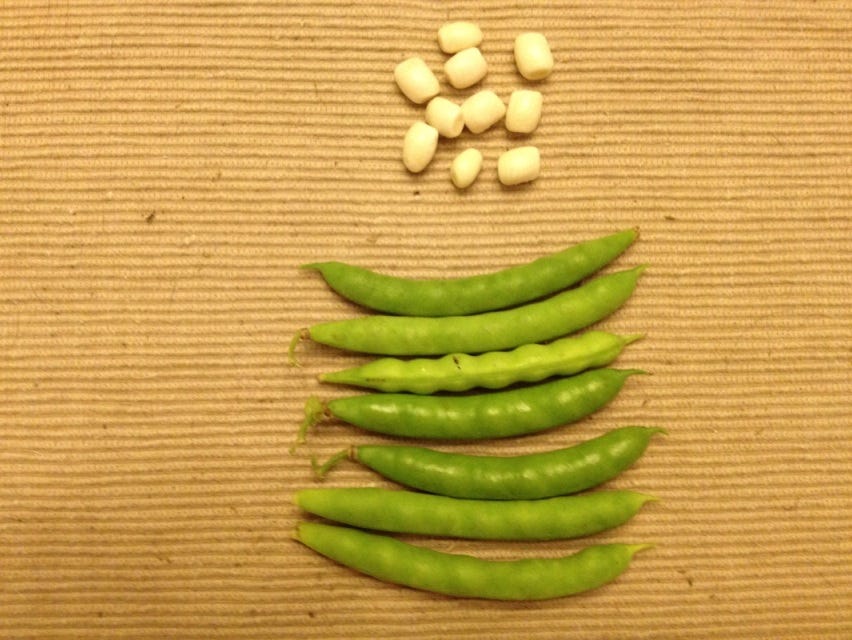ISSUE 95, HEIRLOOM SEED COMPANIES, Part 3: Sustainable Mountain Agriculture Center
Sustainable Mountain Agriculture Center
One of the specialist regional suppliers of heirloom seeds, the Sustainable Mountain Agriculture Center was organized by Bill Best of Berea, Kentucky, in 2002. Its laudable mission was formed in the face of declining small scale family farming in Appalachia: “A major goal for this Center is to demonstrate to the people of the region that farmers do have viable options to off-farm jobs when they diversify and utilize the whole farm, including woodlots. Products this region can produce can compete with large-scale farms on the basis of quality. The heirloom market is a flower in the bud stage, just waiting to blossom. We want to use our skills and information base (developed over many decades) to bring to the forefront the importance of quality heirloom fruits and vegetables. It is our hope that this Center will go far toward making mountain agriculture sustainable.” As Bill Best advanced in years, the Center’s operation has moved to Gatesville, North Carolina, but its famous trove of beans and tomatoes remains intact and a source for gardeners who wish to incorporate some of the storied varieties of the mountains and hollows.
Best came from a family of farmers. The women in the family were seed savers and collectors. He inherited freezers full of beans. As a scholar (Ph.D. in Appalachia Studies), Best taught at Berea College, and understood his family’s agricultural legacies as the expression of regional foodways and farmways. When he retired from the classroom in 2002, he made his garden and his family’s collection of beans and tomatoes the focus of his attentions, writing books, selling at farmer’s markets, and advocating for traditional varieties in the face of industrially grown and processed produce.
At the farmers market Best viewed his tomatoes the money-makers. They underwrote his work preserving beans, the crop more in need of preservation, given the rarity and labor costs of many varieties.
The Center’s catalog concentrates on beans and tomatoes, with a sprinkling of other items (candy roaster squash, whippoorwill peas, and Bill Best’s books). The bean section divides into the following categories: Half Runner, Greasy Cut-Short, Cut Shor, Greasy, Cornfield, Fall, Wax, and Butter Beans. In every category you find two sorts of beans—those that bear commercial names because they featured in old seed catalogs or in produce markets and beans bearing family or seed saver names, rare items maintained by a family rather than a community. Fortunately the catalog has characterizations of these family beans’ qualities, noting geographic origin, appearance, coloration, flavor, and sometimes texture. Among the Greasy Cut-Shorts is a bean cherished by Bill’s Mother and consequently named after her: The Margaret Best Greasy Cut-Short Bean: “This bean has short pods with tightly packed seeds and heavy yielding.” [See header illustration taken from the Center’s Website]
The assortment of Cornfield Beans is the most varied and ample offered by any American supplier, with classics such as the Caseknife, Big John, Rattlesnake, and Turkey Craw, as well as a dozens bearing family or seed saver’s names. The Fall beans include the lovely Wren’s Egg Bean. The Butter Beans (often sold out) include Willowleaf and colored beans.
The Tomatoes selection reveals a similar concentration on Appalachian origin, and is much more limited in scope than the beans. The selections are organized by color. Prizes include the Madison County Pink, The Hensley Settlement Yellow Tomato, the Jerusalem [red], and the Bill Hayward Yellow German.
I would be remiss if I did not offer the titles of Bill Best’s books:
Kentucky Heirloom Seeds: Growing, Eating, Saving (paperback)
Saving Seeds, Preserving Taste; Heirloom Seed Savers in Appalachia
The Center’s link:
https://www.heirlooms.org/




